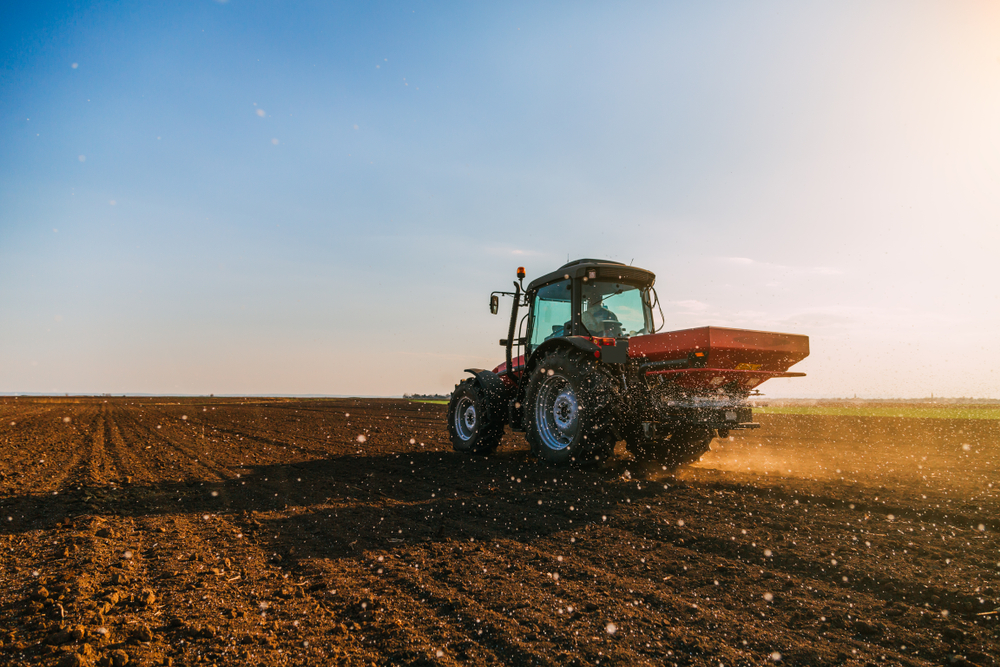Changes are needed to reduce fertilizer use.

It’s not easy to admit, but agriculture is well-understood at this point to be a major driver of greenhouse gas emissions.
Exactly how much, though, is tricky to measure; each country has separate rules, with varying amounts of fertilizer use, of different types and applications. A new study seeks to understand the entire global situation, and finds that, yep, agriculture is a huge problem.
The new study, which was a collaboration among scientists from 48 research institutions around the world, looked specifically into nitrous oxide. Nitrous oxide is not generally considered to be the worst of the man-made greenhouse gases in terms of volume—that’d be carbon dioxide, which counts transportation (cars, trucks, and planes) as its largest contributor.
Nitrous oxide makes up only about 7 percent of greenhouse gas emissions, according to the Environmental Protection Agency. But that figure undersells how dangerous nitrous oxide is; it’s estimated to trap heat roughly 300 times more efficiently than carbon dioxide, which means that pound for pound, it’s a way scarier problem.
The new study finds that anthropogenic—caused by man—nitrous oxide emissions have risen by 30 percent over the past 40 years. And looking further into that number, the study finds that the vast majority, about 87 percent, of that increase comes from agriculture. The primary source of nitrous oxide emissions in agriculture is fertilizer.
Numbers vary from place to place, but fertilizer is responsible for somewhere around 70 percent of agriculture’s nitrous oxide emissions. Fertilizer use has skyrocketed as agriculture becomes more large-scale and less sustainable. Common crops, like corn, soy, and wheat, drain nutrients from the soil. So farmers drench their soil in fertilizer, a significant percentage of which is lost to runoff into water sources, or simply through volatilization, in which the nitrogen vaporizes into the atmosphere.
Part of the reason the numbers vary from place to place is that some countries, states, or other municipalities have enacted rules to attempt to rein in the use of excess fertilizer. In some places, farmers are required to practice crop rotation, in which nutrient-draining crops are followed by nutrient-providing crops like legumes. Many countries have limits on the specific type and quantity of fertilizers permitted, though this study makes it clear that few likely go anywhere near far enough. But there are historical precedents, and some proposed plans. This isn’t an intractable problem, but it is a serious one.